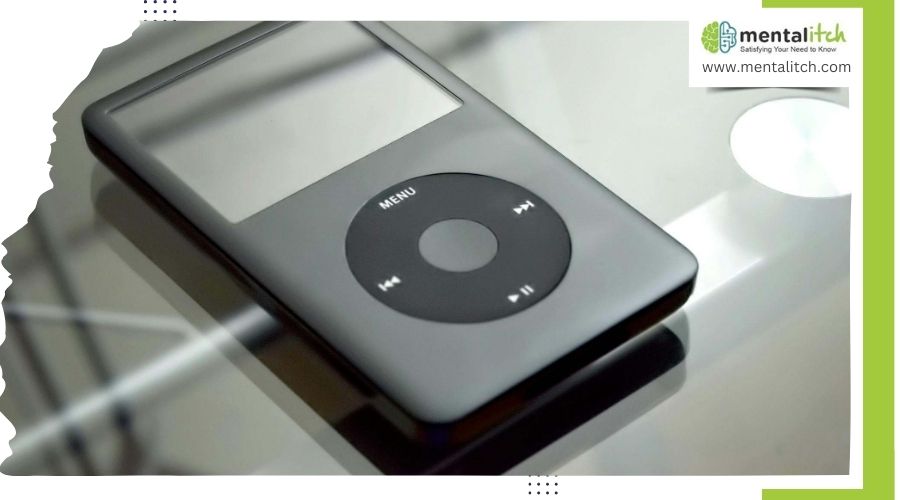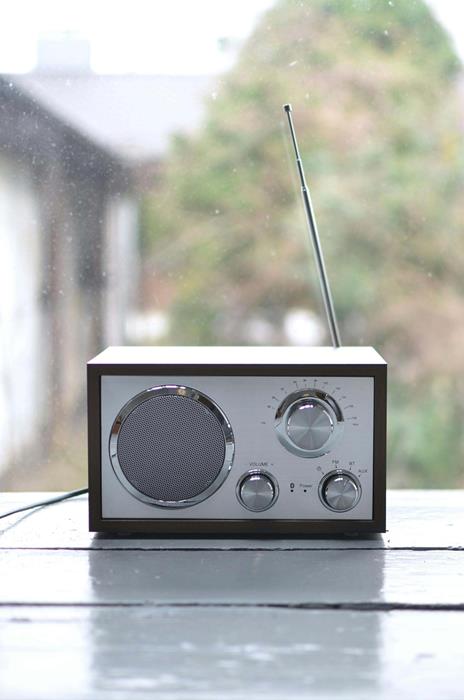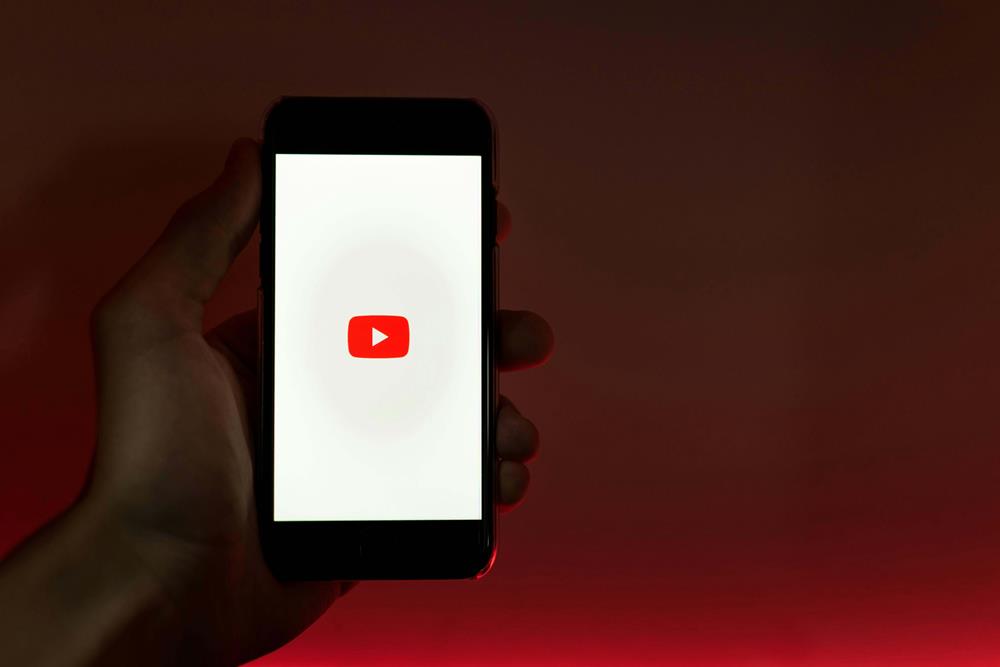In the 2000s, music listening underwent a significant transformation with the advent of new technologies. This era marked a shift from traditional formats like CDs to digital music, impacting how people consumed and shared music. The rise of portable devices like MP3 players and the popularity of online streaming services revolutionized the music industry. Additionally, radio and music television channels played a crucial role in promoting music and shaping musical trends. It was quite an interesting moment for music, since many new devices came up, and a paradigm shift took place!
How Did People Listen to Music in the 2000s?
There were several ways in which people could listen to music in the 2000s. Here are a few of the most popular ones.
CDs and CD Players
In the 2000s, CDs (Compact Discs) were the go-to music format for many people. They offered high-quality audio and a convenient way to listen to music. CDs were popular because they could store a lot of songs on a single disc, allowing listeners to enjoy a wide variety of music without having to change discs frequently. This made them a preferred choice for music enthusiasts who wanted to have their favorite albums in one place.
Portable CD players were also a big hit during this time. They allowed people to take their music with them wherever they went, whether it was on a walk, a road trip, or just around the house. Portable CD players came in various shapes and sizes, from small, pocket-sized players to larger, more advanced models with features like anti-skip protection and programmable playlists.
One popular example of a portable CD player from the 2000s is the Sony Walkman. The Walkman was a series of portable music players that became synonymous with portable music listening. It was compact, lightweight, and had excellent sound quality, making it a favorite among music lovers.
Another example is the Discman, also from Sony, which was a portable CD player that gained popularity in the late 1980s and continued to be popular in the 2000s. The Discman was known for its anti-skip technology, which prevented the music from skipping when the player was bumped or jostled. However, it is important to note that this was the era when CD players were at their end!
MP3 Players and the Rise of Digital Music
In the early 2000s, a new way of listening to music emerged with the introduction of MP3 players. One of the most iconic MP3 players of this era was the iPod, released by Apple in 2001. The iPod revolutionized the way people listened to music by allowing them to store thousands of songs in a small, portable device.
The iPod quickly became a must-have gadget for music lovers, thanks to its sleek design, user-friendly interface, and large storage capacity. With the iPod, people could easily carry their entire music library in their pocket and listen to their favorite songs anytime, anywhere.
The rise of MP3 players like the iPod also marked a transition from CDs to digital music downloads. Services like iTunes made it easy for people to purchase and download music directly to their devices. This convenience, coupled with the ability to create custom playlists and easily shuffle songs, made digital music downloads a popular choice among music enthusiasts.
One of the key advantages of digital music downloads was the ability to purchase individual songs instead of full albums. This allowed people to curate their music collection more selectively, choosing only the songs they liked from an album.
The popularity of MP3 players and digital music downloads also had a significant impact on the music industry. It led to changes in how music was marketed and distributed, with many artists and record labels focusing more on digital releases and online promotion.
Radio and Music Channels
In the 2000s, radio and music television channels played a crucial role in shaping music trends and influencing what people listened to. Radio stations were a primary source of new music, with DJs curating playlists and introducing listeners to new songs and artists.
One example of a radio station that had a significant impact on music trends in the 2000s is BBC Radio 1 in the UK. The station was known for its diverse playlist, featuring a mix of mainstream hits and emerging artists. DJs like Zane Lowe and Jo Whiley were influential in breaking new music and helping to shape the UK music scene.
Music television channels like MTV also played a vital role in the 2000s. MTV was known for its music videos, which often featured the latest hits and up-and-coming artists. Shows like “Total Request Live” (TRL) allowed viewers to vote for their favorite music videos, influencing which songs received more airplay.
DJs and music charts also had a significant impact on music trends in the 2000s. DJs were often the first to discover new music and could help propel a song or artist to stardom through their playlists and radio shows. Music charts, such as the Billboard Hot 100 in the US, tracked the popularity of songs based on factors like radio airplay and sales, providing a snapshot of what was popular at any given time.
Even today, radios are still popular with a mass following who don’t want to compromise on that classic feel!
Mixtapes and CD Burning
Creating mixtapes and burned CDs was a popular way for music enthusiasts to share their favorite songs and create personalized playlists. This DIY culture allowed people to curate their music collections and share them with friends in a unique and personal way.
One of the key aspects of creating mixtapes and burned CDs was the ability to tailor the playlist to suit individual tastes. Unlike traditional albums, which often featured a mix of songs chosen by the artist or record label, mixtapes and burned CDs allowed people to select their favorite tracks and arrange them in any order they liked.
Sharing music with friends was another important aspect of the DIY culture of the 2000s. People would often exchange mixtapes and burned CDs as gifts or as a way to introduce each other to new music. This sharing of music helped to foster a sense of community among music lovers and provided a platform for discovering new artists and genres.
One example of this DIY culture in action is the creation of themed mixtapes. For example, someone might create a mixtape of their favorite love songs for a romantic partner, or a mixtape of upbeat tracks for a road trip with friends. These themed mixtapes allowed people to express themselves creatively through music and share their emotions and experiences with others.
Online Streaming and Music Sharing
In the 2000s, the music industry saw a significant shift with the emergence of online streaming platforms like Napster and Limewire. These platforms revolutionized the way people accessed music by allowing them to download and share music files over the internet.
Napster, launched in 1999, quickly gained popularity for its peer-to-peer file-sharing service, which allowed users to share MP3 files of music tracks for free. Similarly, Limewire, launched in 2000, offered a similar service, allowing users to share music files and other media content.
While these platforms were popular among users for their convenience and vast libraries of music, they also sparked controversy and legal issues. The music industry viewed these platforms as a threat to their business model, as they allowed users to access music without paying for it, leading to concerns about lost revenue for artists and record labels.
As a result, the music industry took legal action against platforms like Napster and Limewire, leading to their eventual shutdown. Napster was forced to shut down its original service in 2001 following a legal battle with the music industry. Limewire faced a similar fate, ceasing operations in 2010 after being sued by several major record labels.
The legal issues surrounding music piracy in the 2000s had a lasting impact on the industry. It led to a shift towards legal streaming services like Spotify and Apple Music, which offered a more sustainable model for artists and record labels to monetize their music.
By 2005, YouTube was also created, but it was far-off from being used as a streaming platform as the main focus was videos. Nonetheless, it eventually got popular among music listeners too.
Final Words
The 2000s marked a transformative period in music listening habits. The era saw a shift from traditional formats like CDs to digital music, with the introduction of MP3 players and online streaming platforms. Radio and music television channels played a crucial role in shaping music trends, while DIY culture thrived with the creation of mixtapes and burned CDs. However, the era also faced challenges with music piracy, leading to legal battles and industry changes. Overall, the 2000s were a dynamic time for music consumption, characterized by the adoption of new technologies and changing consumer preferences.




